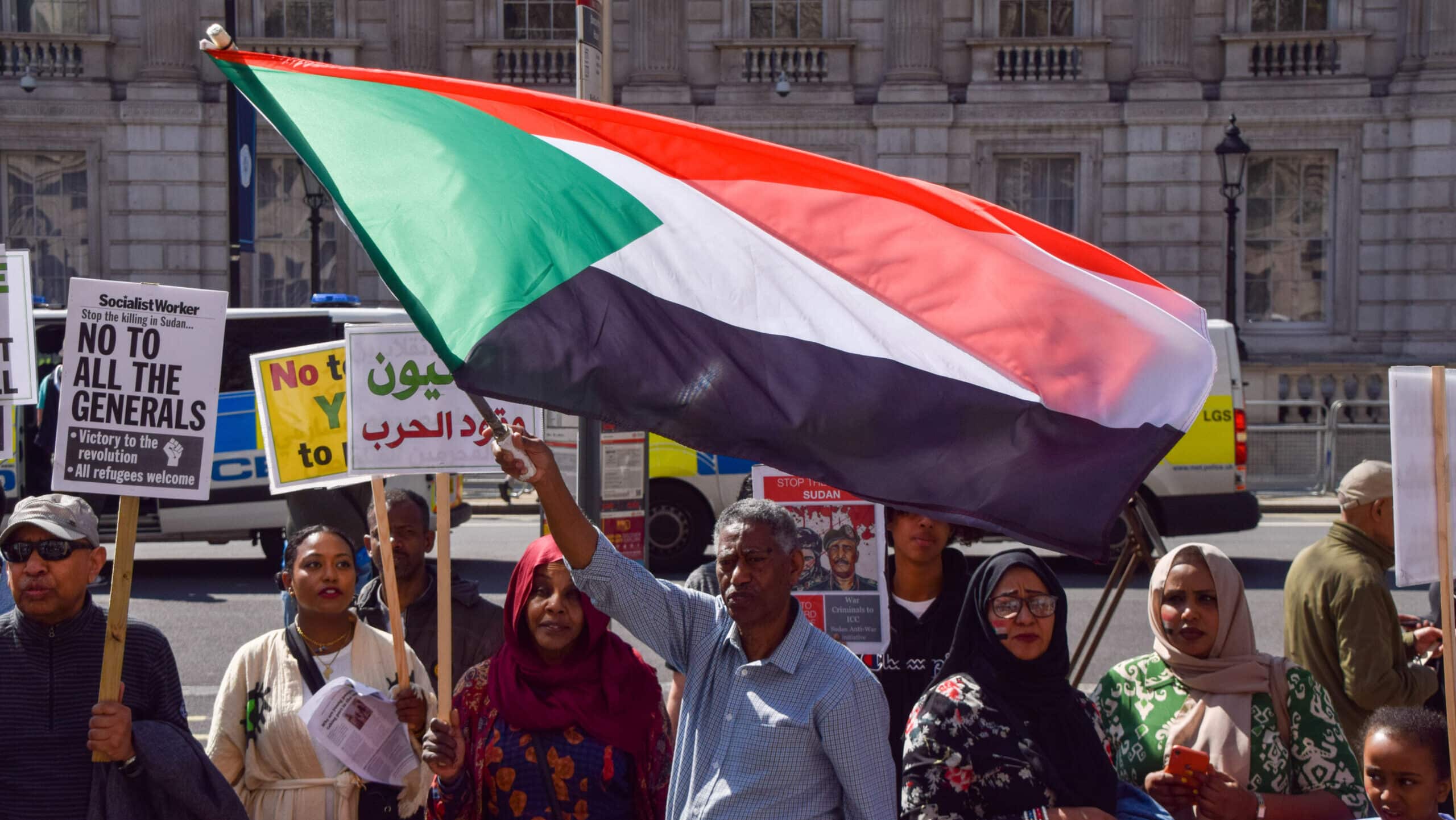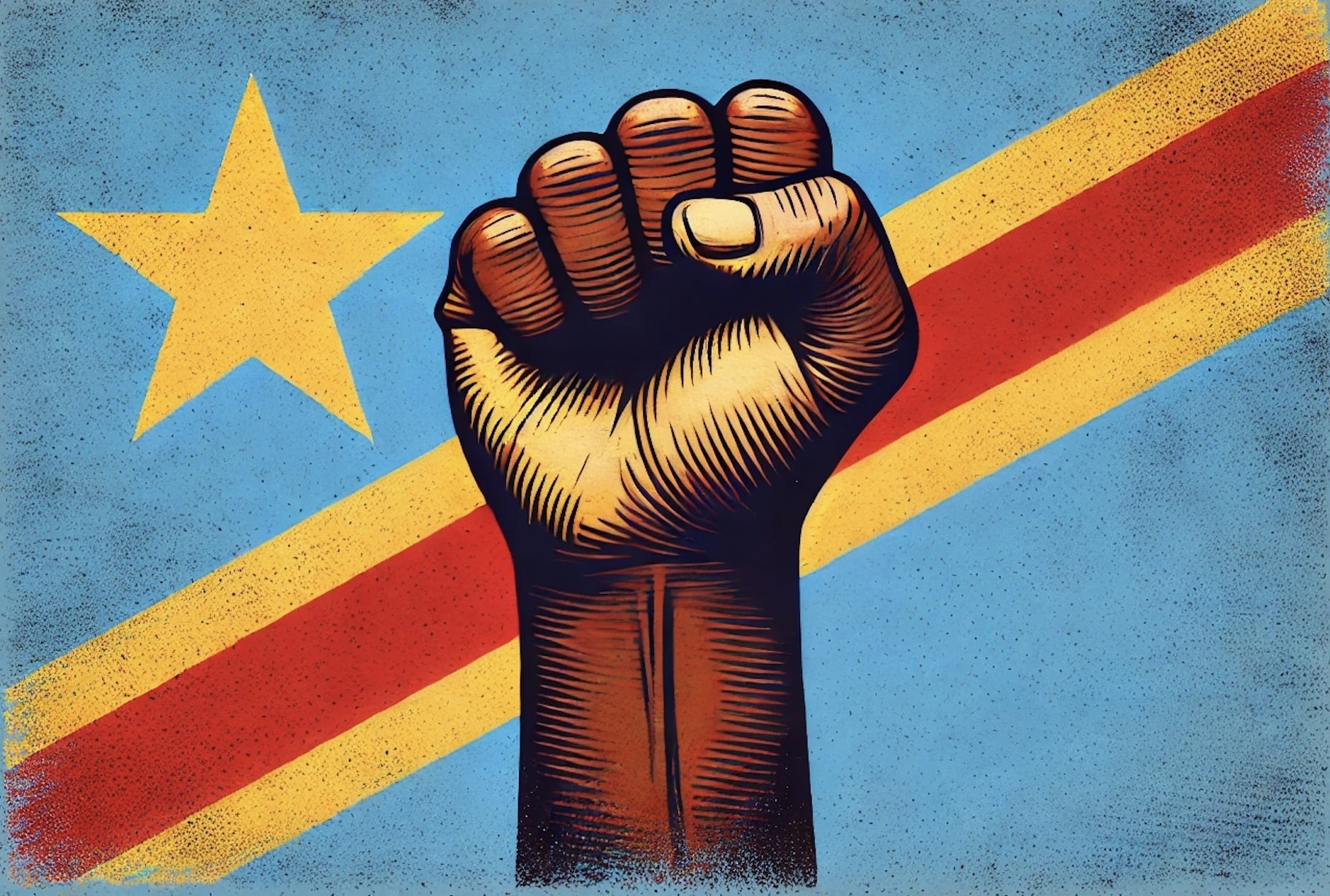In December 2019 and January 2020 Anke Besseling did her field research in different schools in Dakar, Senegal. In Senegal, like many other countries in Africa, many of the unemployed youth are highly educated. It seems that there is not a good match between education and the labor market. In her master thesis Anke tried to measure colonial heritage and neoliberalism in education. With her master thesis finished, Anke shares the key results with us.
Author: Anke Besseling
In Senegal, youngsters generally have very high employment aspirations. Becoming a lawyer, data scientist, or doctor are examples of answers of primary and secondary school students during our last interview in Dakar. At the same time, high unemployment rates of highly-educated individuals are prevailing, and the state aims to educate more young people [1]. Therefore, it seems as if the current education is not entirely in the interest of the labor market. With this assumable paradox, the question arises: what is the role of education? To understand this, we need to have a more significant understanding of the context of Senegal’s education and how it is affected.
The context of Senegal’s education
What is generally seen as education – going to school from the morning until the late afternoon in a classroom managed by a teacher – in Senegal has its origins in colonialism. Other forms of education out of school are, most of the time, not perceived as such. So with French colonialism and her ‘civilizing mission,’ West-European education was introduced. In 1815, the first primary school opened in Saint-Louis to gain more control of the Senegalese people [2-3]. In these schools, French was the only language allowed to speak. Speaking other languages was forbidden, delegitimized, and someone speaking another language was humiliated [4]. All schoolbooks, then, were in French, based on France, and only written and printed by them. As a result, education created feelings of inferiority among educated Senegalese.
After Guinea chose to become independent of France in 1958, and got severely punished as a consequence, Senegal decided to remain dependent. In 1960 the Senegalese authorities hence, became part of the French Economic Community in Africa [5-6]. The schooling internally, then, barely changed.
External influence, however, did change the education in Senegal. The state is still a member of the French Economic Community in Africa, and even still uses the Franc of the African Financial Community (FCFA), or Franc of the French Colonies in Africa. The colonial influence still continuous nowadays with France donating 57% of her aid to its former colonies, from which 25% has to go to education [7-8]. Many teachers, and directors, I spoke with have also mentioned that the curriculum nowadays is an old version of the French one. To illustrate, the following quote by a teacher represents what other teachers have told me:
‘You know, I had the chance to teach in the French and Senegalese curriculum. I noticed one thing: what is no longer relevant in the French program, we import it into the Senegalese program, and we make it an innovation. We take the trash from the French system, when they no longer want it, we accept. Why? Because there is funding at that key [French education]’
Besides the current education that orients towards France, the Senegalese state suffers since the 1980s from financial problems. The state, hence, accepted conditional loans from International Financial Institutions (IFIs) like the World Bank (WB), or the International Monetary Fund (IMF). The conditions of these loans demand states to reduce public sector spending – like education – and focus on so-called short-term profits by opening up to the world market to facilitate export. In the Senegalese schools, this has led to teachers being less trained or teachers that have ‘double shift classes’ – e.g., two classes at the same time [9].
Looking at these loans that come with restrictive policies more deeply, we can see that those entail a neoliberalist ideology. Neoliberalism goes out from the idea that everyone is unequal, no matter in what circumstances people are born, and the best possible conditions emerge out of competition. The emphasis is on individuals that are assumed to be self-interested, rational, and greedy. The public sector, then, does not guarantee nor obey the fundamental idea of competition. Next to the Senegalese government that does not seem to prioritize education, the education is structurally affected by foreign imperialism, either in the form of (neo-)colonialism or neoliberalism. I argue that the education in place represents a more profound institutional power that impacts the aspirations of Senegalese youngsters since all institutions are subject to the same structural influence.
Youngsters’ high aspirations explained
By the interviews I conducted with students, teachers, and directors, I came to understand that the youngsters’ aspirations are shaped by the French colonial inheritance, her continuous impact, and neoliberalism. Senegalese youngsters learn that employment opportunities and lifestyles that are more common in Western-Europe or the Americas are more desirable than the opportunities and lifestyles present in Senegal. All students, hence, focus on going abroad to achieve their aspirations. If only Wolof, a local language understood by 80% of the population compared to 15% of the Senegalese mastering French, could be the national language, and the state authorities held more accountable, I think education can become more relevant.
Literature
[1] Boccanfuso, D. et al. (2015). Quality of Higher Education and the Labor Market in Developing Countries Evidence from an Education Reform in Senegal. https://www.econstor.eu/bitstream/10419/111551/1/dp9099.pdf. Consulted on the 2nd of March 2020.
[2] Mamdani, M. (1996). Citizen and Subject: Contemporary Africa and the Legacy of Late Colonialism. Princeton, New Jersey: Princeton University Press.
[3] Treffgarne, C. (1977). ‘‘Review: l’École Français in West Africa’’, the Journal of African History, 18 (2): 312 – 314.
[4] Bawa, A.B. (2013). From imperialism to diplomacy: a historical analysis of French and Senegal cultural relationship. http://www.culturaldiplomacy.org/academy/content/pdf/participant-papers/2013-08-acd/Aisha_Bawa-From_Imperialism_To_Diplomacy_An_Historical_Analysis_Of_French_And_Senegal_Cultural_Relationship.pdf. Consulted on the 2nd of April 2020.
[5] Ramsis, C. A. (1993). France and the part democratique de Guinee. Michigan: ProQuest LLC.
[6] Schraeder, P. J., Hook, S. W., & Taylor, B. (1998). ‘‘Clarifying the Foreign Aid Puzzle: A Comparison of American, Japanese, French and Swedish Aid flows’’, World Politics, 50 (2): 294 – 323.
[7] Alesina, A. & Dollar, D. (2000). ‘‘Who Gives Foreign Aid to Whom and Why?’’, Journal of Economic Growth, 5 (1): 33 – 63.
[8] Ministry of Foreign and European Affairs (2011). Development Cooperation: A French Vision. https://www.diplomatie.gouv.fr/IMG/pdf/Doc_Cadre_ANG_2011-2_cle09c7ea.pdf. Consulted on the 30th of March 2020.
[9] Some, T. & Gueye, B. (2008). The Silencing of the African Mind. In: The Destructive Path of Neo-Liberalism: An International Examination of Education, 141 – 155.
Photo: Flickr





